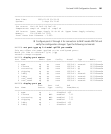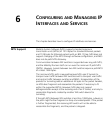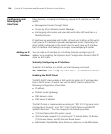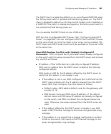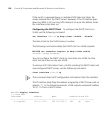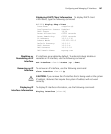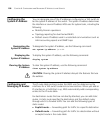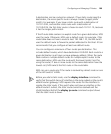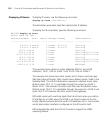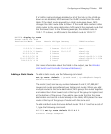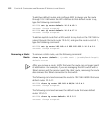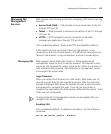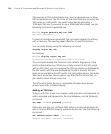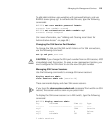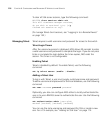
Configuring and Managing IP Routes 109
A destination can be a subnet or network. If two static routes specify a
destination, the more specific route is always chosen (longest prefix
match). For example, if you have a static route with a destination of
10.10.1.0/24, and another static route with a destination of
10.10.0.0/16, the first static route is chosen to reach 10.10.1.15, because
it has the longer prefix match.
If the IP route table contains an explicit route for a given destination, MSS
uses the route. Otherwise, MSS uses a default route. For example, if the
route table does not have a route to host 192.168.1.10, the WX switch
uses the default route to forward a packet addressed to that host. 3Com
recommends that you configure at least one default route.
You can configure a maximum of four routes per destination. This
includes default routes, which have destination 0.0.0.0/0. Each route to a
given destination must have a unique gateway address. When the route
table contains multiple default routes or multiple explicit routes to the
same destination, MSS uses the route with the lowest metric (cost for
using the route). If two or more routes to the same destination have the
lowest cost, MSS selects the first route in the route table.
MSS can use a route only if the route is resolved by a direct route on one
of the WX switch’s VLANs.
Before you add a static route, use the display interface command to
verify that the switch has an IP interface in the same subnet as the route’s
default router (gateway). MSS requires the routes for the interface to
resolve the static route. If the switch does not have an interface in the
default router’s subnet, the static route cannot be resolved and the
VLAN:Interface field of the display ip route command output shows
that the static route is down.



